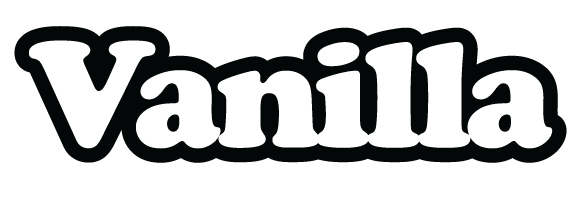Fashion students and emerging designers, brace yourselves: the cost of your materials is about to jump—and hard. President Trump’s newly announced tariffs are hitting imports with unprecedented force, and that includes the fabrics, trims, buttons, and zippers you rely on. These new tariffs are poised to affect nearly every piece of your design puzzle.
What’s Happening?
Trump’s latest trade policy imposes a baseline 10% tariff on all imports, regardless of origin. But the real shocker? China, the biggest supplier of fashion materials globally, now faces a 104% tariff. That’s more than doubling the price of any material coming in from Chinese suppliers.
Other key manufacturing hubs aren’t spared either:
- Vietnam: 46% tariff
- European Union: 20%
- Japan: 24%
- India: 26%
Unless your materials are made in the U.S. (which most aren’t), expect price increases across the board. And let’s be honest—even American-made goods aren’t affordable for most small-scale designers.
What This Means for You
For students and small-scale designers who buy materials in limited quantities, the impact could be crushing:
- Fabrics: Up to 30–40% more expensive
- Buttons & Zippers: 15–40% increase depending on origin
- Haberdashery (threads, trims, interfacing): Also affected, especially if sourced from Asia
Your budget for that grad collection or capsule drop didn’t stand a chance. And for many, the price hikes aren’t just inconvenient—they may be the final blow to already fragile production plans.
Why This Hits Small Designers the Hardest
Larger brands can negotiate with suppliers, bulk order, or outsource production in clever ways. You can’t. Most student designers already operate on razor-thin budgets, and many indie brands are barely staying afloat. A 30% increase in material cost might mean:
- Scrapping entire looks
- Settling for cheap, low-quality alternatives
- Losing money on every sale
Let’s not sugarcoat this: it’s a mess. There’s no safety net for most of us. No subsidies, no relief, no bailout. Just rising costs and fewer options.
What Are the “Alternatives”?
Some might say, “Buy local.” But let’s be real—local is expensive. U.S.-made materials have higher labor costs, lower variety, and are rarely in the price range of student designers. A $10/m imported fabric might now be $15 with tariffs—but the American equivalent could be $25–30 per meter, if you can even find it. For most of us, that’s just not viable.
Deadstock? Great in theory, but everyone’s scrambling for it now, which means prices are rising and availability is shrinking.
Simplify your designs? That’s another way of saying: make do with less. And we’ve already been doing that.
Final Thoughts
Trump’s new tariffs are not just an inconvenience—they’re a direct threat to the future of young designers and small brands. This isn’t a challenge to rise above. It’s a wall. And unless something changes, many creative careers will be stalled before they even begin.
If you’re feeling the pressure, know that you’re not alone. We’re in a moment where innovation may no longer be enough. The system is being priced out from under us.
These tariffs are a blow to creativity—and the damage is only beginning.



